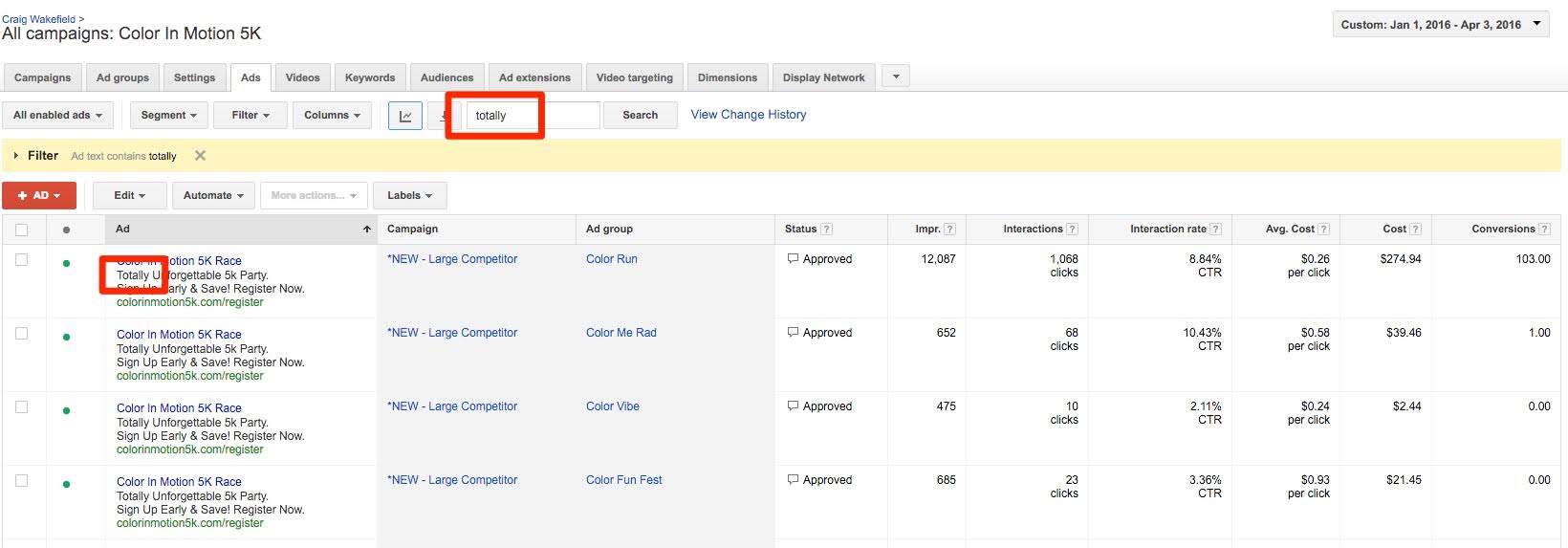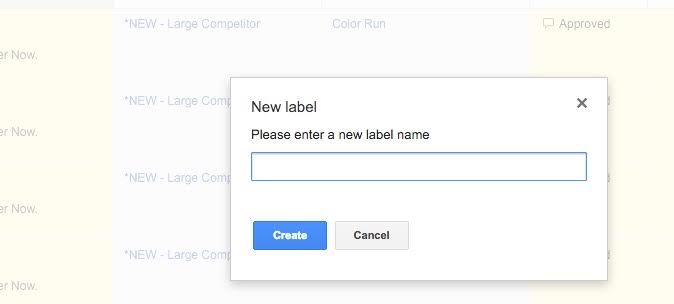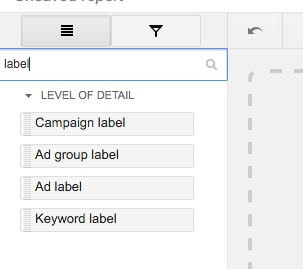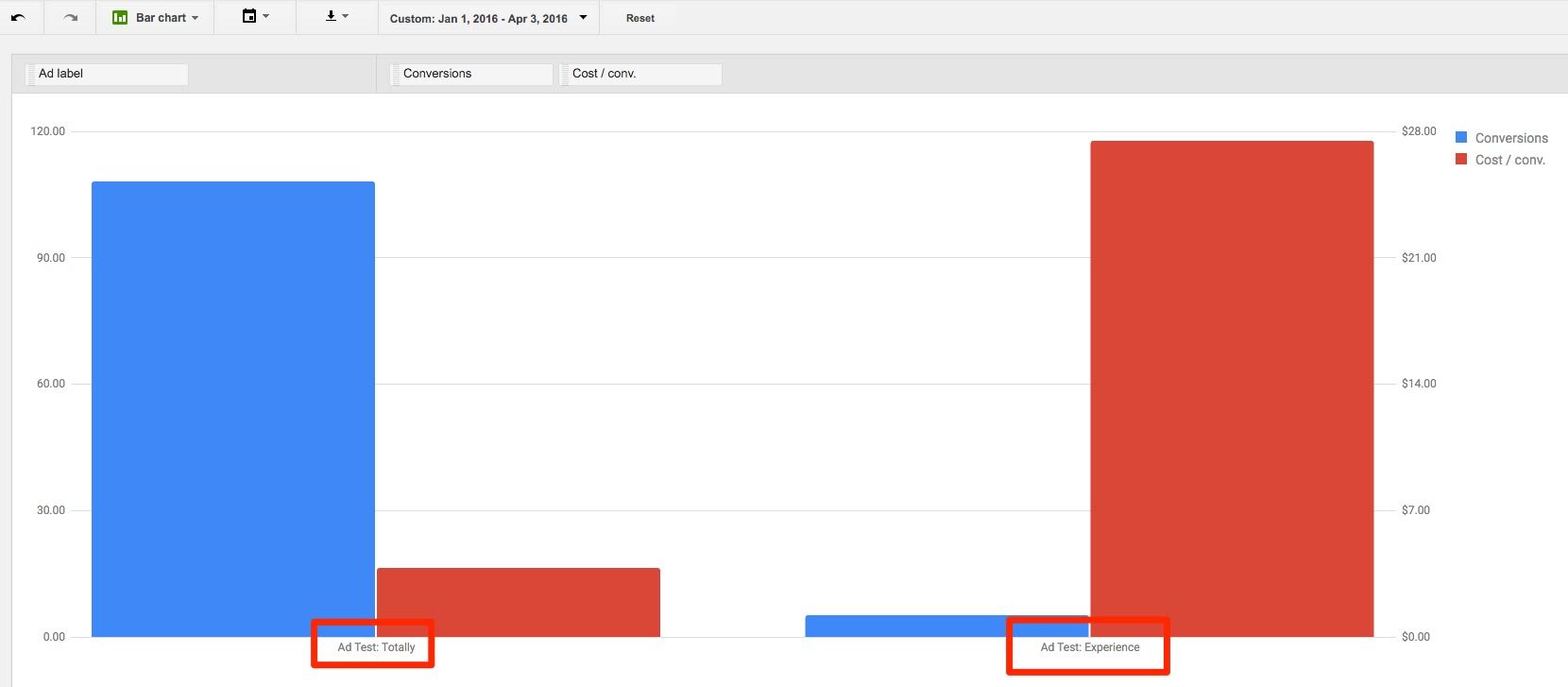How to Test Ad Copy for Low Traffic AdWords Accounts
by Craig Wakefield • May 18, 2016
When your AdWords campaigns don’t get a lot of traffic, ad copy testing can take forever.
To reach statistical significance, you need a certain amount of traffic in each arm of your test and—if you aren’t getting a lot of traffic to begin with—it can take weeks, months or even years to get enough clicks on each ad.
Fortunately, there is a way to expedite things in AdWords using reports. It’s a little quick and dirty, but it does the trick.
Combine and Conquer
By using labels, you can effectively combine your ad copy data across your ad groups and use that aggregate data to identify a winner.
Often, you will use the same (or very similar ad copy) in ads across a range of ad groups. The biggest difference will be your specific keyword—this is especially true if you are using single keyword ad groups (SKAGs).
In this situation, any given ad may only have 20 clicks, but if you look at the performance of that ad’s copy across all of your ad groups, that ad copy may have received hundreds of clicks.
The only question is, how do you get at that data?
As it turns out, it’s actually a fairly simple, 4-step process.
Step 1. Filter Your Words/Phrases
You’ll want to start by selecting 3-6 months of data. In a low traffic AdWords account, you need as much data as you can get, so the bigger the time range, the better.
Now, create a filter in the “Ads” tab for a word or phrase that is unique to a certain set of your ad copy. This will allow you to create a list of ads with highly similar ad copy.

Step 2. Label
Select all the filtered ads from step 1 and apply a label that identifies all those ads as variant 1 (eg, Ad Test: Totally).

Repeat step 1 and step 2 for as many other ad copy variants as you want to evaluate. This will give you 2+ sets of labeled lists of highly similar ads that you can compare in step 3.
Step 3. Select Your Ad Copy
Now that you have all of your variants labeled, go the “Reports” tab and select “Ad Label”. Choose whichever labels you want to compare.
For example, if you want to compare “Ad Test: Totally” with variant 2, just select those two labels.

If you have a ton of labels and are having a hard time finding the labels you need, you can filter them using the filter button.
Step 4. Run Your Report
Now it’s finally time to run your report. Pick the metrics you want to and voila! Your decision should be staring you right in the freaking face.

Running this report allows you to see how your ad copy is performing across all of your ad groups.
It’s not quite as good as directly testing two different sets of ad copy within the same ad group, since keyword differences between ad groups can affect ad copy performance, but it can give you a good feel for which ad copy tends to work better.
In a low traffic AdWords account, sometimes that’s all you can ask for.
Conclusion
Ad copy testing is important, even in low traffic accounts. However, with this quick and dirty workaround, you don’t have to wait years for your ad groups to pick up clicks.
It’s not a perfect solution, but it will help you use your data to improve ad performance in a timely manner.
By the way, if you’d like me to help you set up this kind of report or give you other ideas for improving the performance of a low traffic AdWords account, let me know here or in the comments below. I’d love to help.
Does this approach make sense to you? How do you test ad copy in low traffic AdWords accounts?





